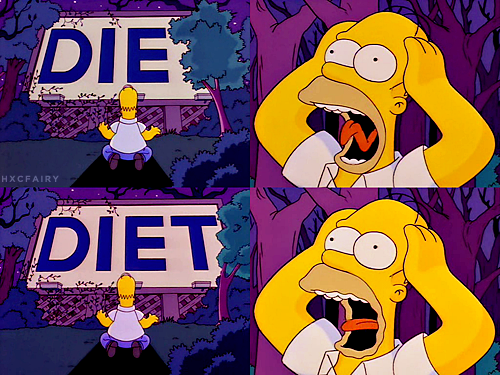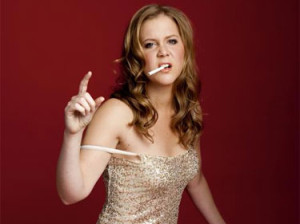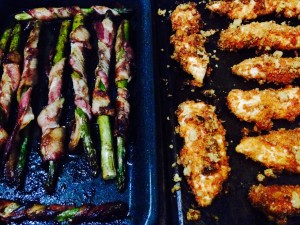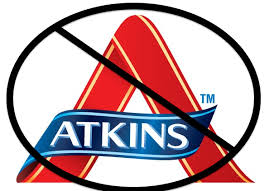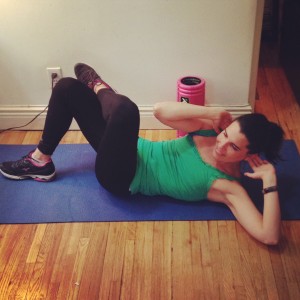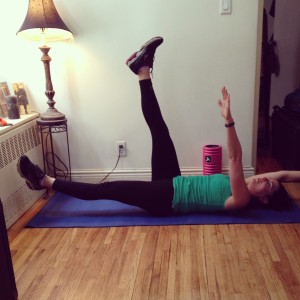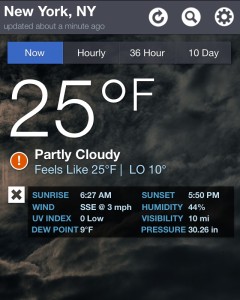Congratulations to one of my virtual clients, who just reported that she’s lost 10 lbs in two months!
A great achievement. We’ve been focusing on tracking her food with an online journal, making healthier choices, and moving more. Notice how I use the phrase “healthier choices” and not “major diet over-haul,” because making small changes is more conducive to creating lasting healthy habits. Most days I have to remind my client to eat MORE calories, not less. Why would I do such a thing?
Lose Weight While Eating the Most Calories Possible
For years, fitness mags have encouraged ladies to eat a 1500 calorie diet to lose weight. This advice is doled out to us with no regard for our current weight, height, activity level, and muscle mass. Should an active woman who is 5’7″ tall eat the same amount of calories as a 5’2″ sedentary woman? Hell no!
If you’re looking to lose weight by solely using a cookie-cutter, restricted calorie diet, you’re setting yourself up for failure:
- The potential for muscle loss is greater
- You’ll feel your energy slump
- Your workouts will suffer
- Sleep patterns can be disturbed
- You’ll find that maintaining your new lean body is even more difficult than your initial weight loss was.
And if you’re an active person of a healthy weight just looking to change your body composition (less fat, more muscle), a low calorie diet will keep you spinning your wheels faster than your favorite Fly Wheel instructor.
Disclaimer: THIS IS A JOKE. NEVER DO THIS. UNLESS YOU WANT A LIFETIME BACK PROBLEM.
In addition to adjusting daily calorie counts to best fit your body type, keep in mind that once you have hit your goal weight, your calorie needs will DECREASE. A person carrying less mass needs less energy. Einstein said that, folks.
This is why it’s best to figure out what you specifically need to lose or maintain weight with a total energy expenditure (TEE) calculator and go from there. There are a few really good calculators out there. I like this one: http://www.health-calc.com/diet/energy-expenditure-advanced because it allows for several factors like sleep, activity, and exercise intensity. You may be surprised at how many calories you need to eat to maintain your weight! Once you find out what your daily needs are, you can decrease your calories to create a deficit. I recommend using a food journal to keep track. If you don’t like to journal, I ask that you just try it for one week, in order to give yourself an idea of what it’s like to eat within a calorie range. Finally, please don’t attempt to cut more 300- 500 calories per day. Slow and steady is the way to go!
